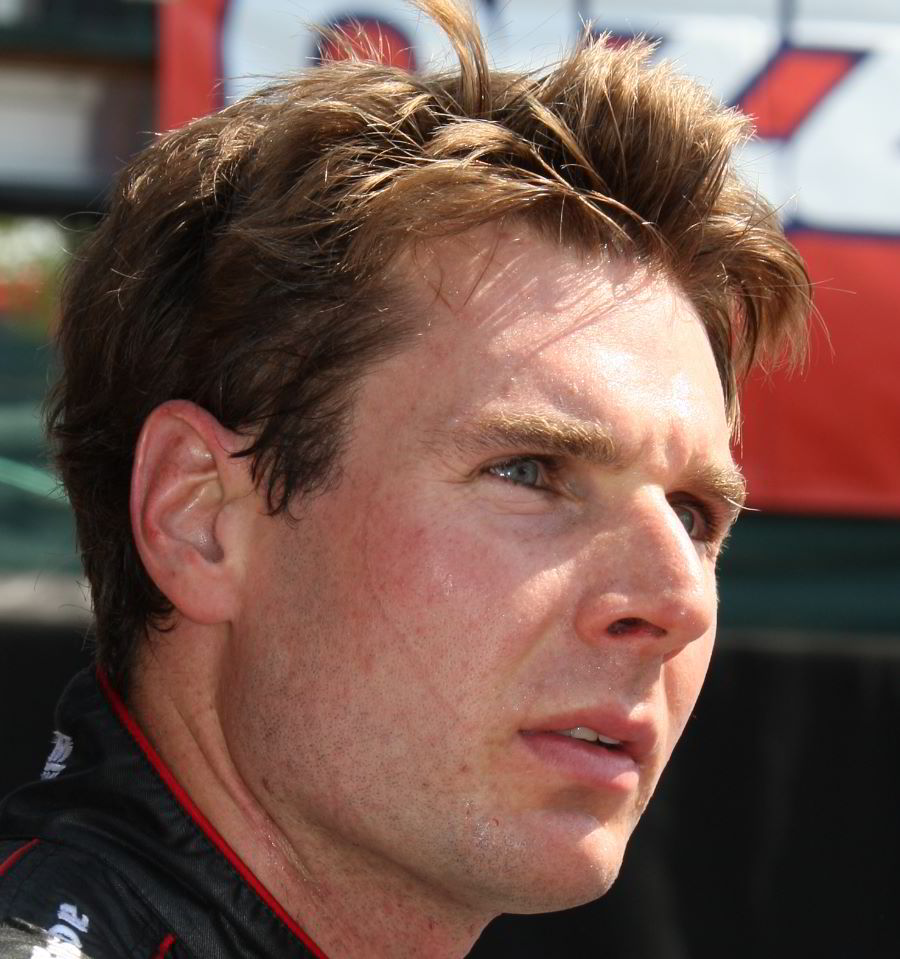Will Power’s strength is clearly on the street
 |
| Will Power |
If you want to talk about street and road courses, Penske driver Will Power is the man to start with. Over his seven-year career, Power has won 14 races — 13 of them on the twisting roads. But the 30-year-old Australian says dominating the streets isn't something that comes naturally. It's a skill he's been working on for more than three decades.
It takes about a decade of just doing street races to perfect the skills," he said. "I grew up doing that. The U.S. is the only place for ovals. But it was in the Champ Car Series in 2006 and '07 that turned me into a really good street-course driver. In Champ Cars, street and road courses were all we did. There were no ovals, just a lot of laps on the street."
It might seem that driving fast on the streets in the family car could prepare a driver for road courses, but Power laughs at that suggestion.
"When I was 17, I guess, when you get your driver's license, you drive faster than you should," he said. "But nothing translates from that to professional racing. It's just so different. The cars are different. You can't be on the limit of a street car all the time like you have to be in a racecar. There's nothing you can learn from everyday fast driving on the streets."
Street courses are vastly different from ovals, which means the skills required are different. And it's a different skill level in the engineering department as well.
"The oval and street-course cars are completely different," Newman-Haas chief engineer Craig Hampson said. "The wings are totally different, the suspensions, the wishbone, the uprights, brakes. Where you mount the connector points are all different. The only thing that is the same is the bodywork."
And it's the same when the cars are being driven.
IZOD IndyCar Series points leader Dario Franchitti, who drives for the Chip Ganassi team, sounds a little like Hampson when he talks about the differences. A driver has to do many things differently in the cars, he said, but what's going on inside the brain is the same.
"Your mindset is always the same," Franchitti said. "You're focused and you want to win."
But the margin of error is smaller on the streets. The walls are at the edge of the road every mile of the way. And the driver isn't just turning left, he's turning right, too, and often there can be a series of short, fast turns that demand instant reactions and reflexes.
"On the ovals, the car is dominant," Andretti Motorsport driver Mike Conway said. "You need to keep it under you, but you rely on the car. In street racing, a good car is as good as the driver. You have to be good at braking, getting on the throttle, cornering. And you have to know what you want from the car. Tracks get quicker and quicker each time you go out. You have to be able to tweak your car. Succeeding on a street course comes with a learning curve.
"Experience comes into it a lot, and you need to know how to handle the bumps when your bum is just an inch and a half off the floor. You do need a good car, and you need to know the finer points around the track — the changes in surface, the bumps."
The best on the street and road courses this season are the usual suspects — Power, Franchitti, Ryan Briscoe, Tony Kanaan, Oriol Servia and Conway. Power has won more than the others. Four of his five wins this season are on street or road courses, including Sunday's win at Infineon Raceway in Sonoma, Calif.
"Putting all the details together is what makes the difference," Power said. "You clock every lap at a racetrack. You have printouts of how you run each lap, each section of the track. You look at your best lap. You look at your best time in each section. Your best times may not all come on the same lap. You see what you've done. You see you were a tenth of a second quicker a lap before.
"The guy who can put all his fastest sections together in one lap will win the pole. It's perfection. Yeah, I've done that before, run some really good qualifying laps. But it's really hard."
Now the drivers come to Baltimore to face a new, wide course with several hairpin turns that should set up exciting corners for passing. How do they prepare?
"I will walk the course," said Power, who will use that walk to get an idea of the surfaces, the bumps and the turns.
Conway said he'll walk the course, but he'll also take a ride around it on a golf cart to get a sense of how it will feel in a vehicle. Baltimore Sun
